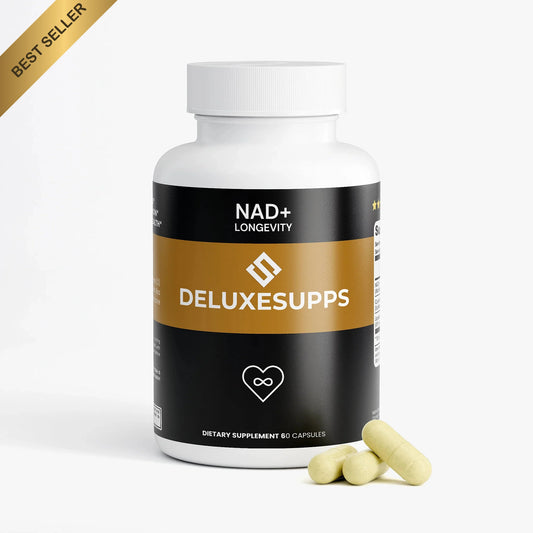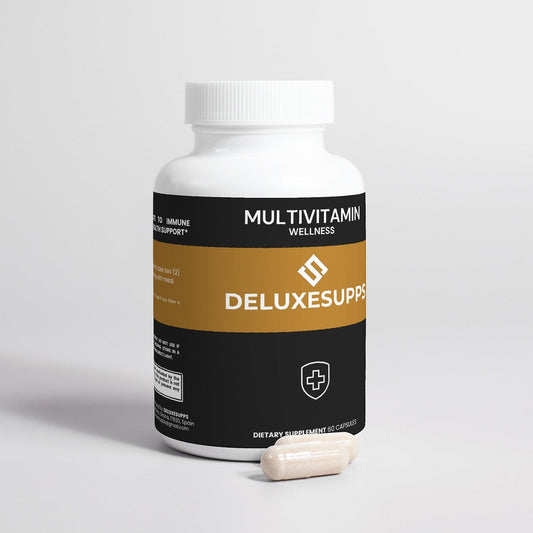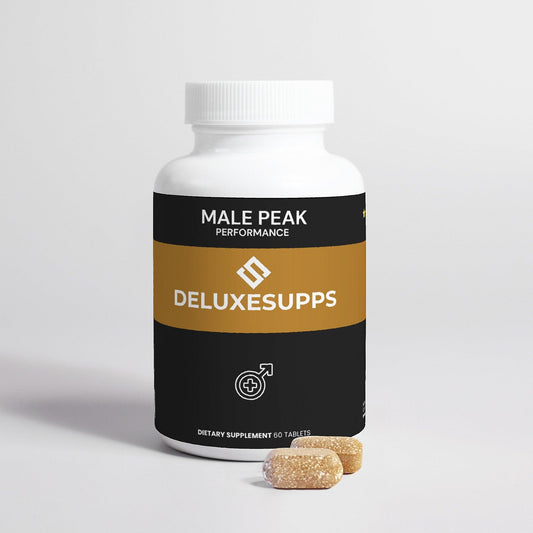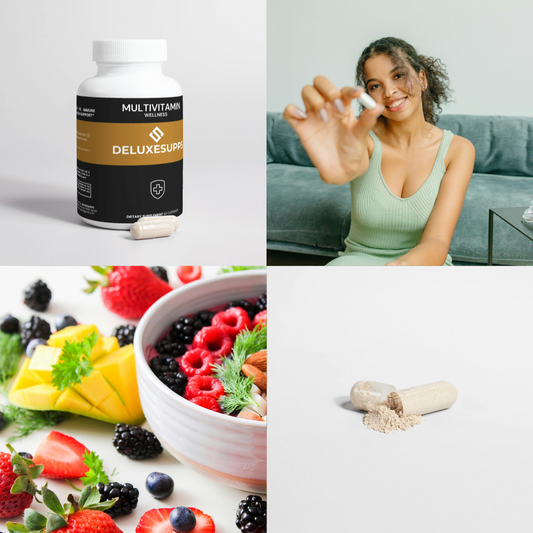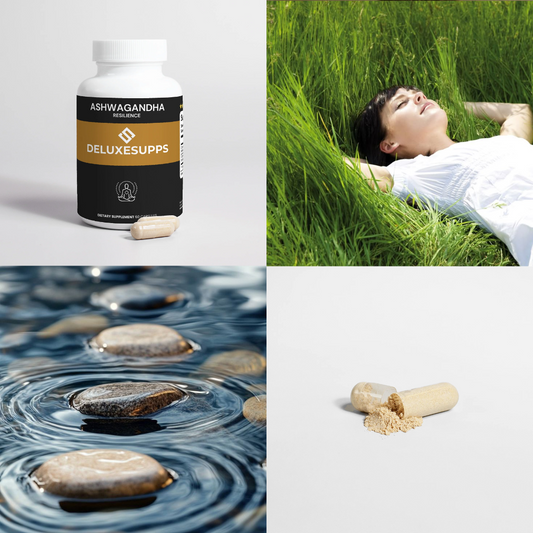Updated on: 2025-11-13
Table of Contents
- Mineral Sunscreen for Face: Why It Matters for Daily Protection
- What Defines a Mineral Facial Sunscreen
- Physical Sunscreen for Face vs Chemical Filters
- Key Ingredients: Zinc Oxide and Titanium Dioxide
- Did You Know? Facts About Mineral Sunscreen for Face
- Expert Tips for Selecting and Applying Mineral Facial Sunscreen
- Application Technique to Minimize White Cast
- When to Choose a Tinted Mineral Sunscreen for Face SPF 50
- Reef-Safe Face Sunscreen and Label Reading
- A Day Using Physical Sunscreen for Face: A Personal Look
- Summary and Takeaways on Mineral Sunscreen for Face
- Answers to Common Questions on Mineral Sunscreen for Face
- About the Author: Mineral Sunscreen Insights
Mineral Sunscreen for Face: Why It Matters for Daily Protection
A well-chosen mineral sunscreen for face helps support a consistent, comfortable daily routine. Many shoppers prefer a physical sunscreen for face because it uses mineral filters that sit on the skin’s surface. A mineral facial sunscreen can be easier to tolerate for some skin types and across a range of climates, and modern textures make daily wear more seamless. If you are exploring options or comparing labels, you can also review brand information on Deluxesupps for transparency and ingredient philosophy.
What Defines a Mineral Facial Sunscreen
Mineral formulas rely on inorganic filters, primarily zinc oxide and titanium dioxide. These filters act as a barrier on the skin surface. Many users appreciate their straightforward composition and the way they pair with basics such as moisturizers or primers. If you are looking for the best mineral sunscreen for face for sensitive skin, focus on short ingredient lists, fragrance-free profiles, and non-comedogenic claims from the brand.
Physical Sunscreen for Face vs Chemical Filters
Physical (mineral) and chemical filters approach sun defense differently. Mineral filters remain on top of the skin, while chemical filters are designed to absorb and dissipate UV energy within the product layer on the skin. The right choice depends on comfort, cosmetic finish, and how a product layers under makeup. Many people prefer the lower likelihood of fragrance and certain additives in mineral products. Others prefer the lightweight feel and sheer application common to many chemical formats.
Key Ingredients: Zinc Oxide and Titanium Dioxide
Zinc oxide face sunscreen is often the go-to for daily use because it tends to have a balanced finish and a reputation for steady coverage. Titanium dioxide can complement zinc oxide to improve spreadability and tone adaptation. If your goal is sheer coverage with fewer visible residues, look for micronized or tinted blends that state their finish attributes clearly on the label. Be sure to follow brand instructions for application and reapplication.
Did You Know? Facts About Mineral Sunscreen for Face
- Mineral filters are often chosen by those who prefer a streamlined ingredient list for daily facial use.
- Tinted versions can help visually balance white cast on a wider range of skin tones.
- “Reef-safe face sunscreen” on labels has no single global standard; brands may define it differently.
- Modern mineral gels, fluids, and serums reduce drag and can layer well under makeup.
- Zinc oxide levels often influence opacity; texture and tint design help counter that effect.
Expert Tips for Selecting and Applying Mineral Facial Sunscreen
- Match format to routine: Fluids suit oily zones; creams suit dry zones; sticks suit quick touch-ups.
- Prioritize comfort: If you dislike a heavy finish, look for “sheer,” “velvet,” or “matte” on the label.
- Check for tint: A tinted mineral sunscreen for face SPF 50 can balance tone while offering high protection levels per the SPF label.
- Consider sensitive-skin cues: Fragrance-free, dye-free, and short INCI lists are helpful signs when seeking the best mineral sunscreen for face for sensitive skin.
- Plan for reapplication: Choose a format that you can reapply without disrupting makeup, such as a sheer stick or a lightweight fluid.
If you need context on a brand’s manufacturing standards or sourcing ethics, consult the About page for policy details and quality statements.
Application Technique to Minimize White Cast
White cast is influenced by the particle blend, base texture, and how the product is applied. Start with well-hydrated skin to reduce drag. Warm a small amount between your fingertips and press it onto the face in thin, even layers. Allow each layer to settle before adding more. Finish by blending along hairline, brows, and jaw to avoid visible borders. If you prefer coverage, a tinted formula can further soften any visible residue while evening appearance.
When to Choose a Tinted Mineral Sunscreen for Face SPF 50
Tinted mineral formats can reduce the visual contrast common with zinc oxide-rich formulas. An SPF 50 label indicates the product’s tested protection level under standardized conditions. Select a tint undertone (neutral, warm, or cool) that aligns with your complexion to avoid ashiness. Many users find that a single, flexible tint works across seasons by blending or pairing with a light base product.
Reef-Safe Face Sunscreen and Label Reading
“Reef-safe” is a marketing term without a single unified standard. Some brands define it by excluding specific filters or additives. If this attribute matters to you, read brand definitions carefully and review full ingredient disclosures. When in doubt, reach out via brand support channels to confirm criteria and test methods. For assistance or questions about product sourcing, use the Contact page to get direct guidance from the team.
A Day Using Physical Sunscreen for Face: A Personal Look
I transitioned to a physical sunscreen for face after noticing that mineral textures had improved significantly. A sheer, fluid zinc oxide face sunscreen layered well over a light moisturizer and under a simple base. Midday, a quick reapplication with a mineral stick kept the finish consistent without streaking. A tinted option helped balance tone on days when I wanted a minimal routine. The experience highlighted that application method and finish choice mattered as much as the filter type.
Summary and Takeaways on Mineral Sunscreen for Face
Mineral formulas have evolved in feel and finish, making daily wear practical. If you want the simplest approach, choose a mineral facial sunscreen that matches your finish preferences and lifestyle, then refine by tint, format, and ingredient list. Keep reapplication realistic by selecting textures you actually enjoy using.
- Choose by feel: Fluid for lightness, cream for comfort, stick for convenience.
- Address white cast: Apply in thin layers and consider a tint that suits your undertone.
- Check claims: Read how the brand defines any “reef-safe face sunscreen” statement.
- Sensitive-skin focus: Favor fragrance-free and concise ingredient lists.
- Maintain consistency: Keep one home format and one portable format to support reapplication.
To compare options across categories and formats, browse the shop collection for a broad overview and ingredient transparency.
Answers to Common Questions on Mineral Sunscreen for Face
Is mineral sunscreen better for the face than chemical sunscreen?
“Better” depends on your goals and preferences. Mineral filters sit on the skin’s surface and can be a good match for those who prefer a straightforward ingredient approach. Chemical filters tend to feel very lightweight and often appear more transparent on application. Consider texture, finish, layering under makeup, and your tolerance for certain additives. If you want fewer variables and a simple feel, mineral can be a strong daily option. If you want a near-invisible, ultra-sheer film, a chemical format may appeal.
How do I prevent a white cast from mineral sunscreen on my face?
Begin with hydrated skin, then apply in thin layers, pressing rather than rubbing to prevent streaks. Allow a brief set time between layers. Pay extra attention to hairline, brows, and jawline. Choose a tinted mineral sunscreen for face SPF 50 if you want tone-balancing benefits alongside high labeled protection. Finally, check for “sheer” or “transparent” texture cues on the tube; these clues often signal improved cosmetic elegance.
How much mineral sunscreen should I use on my face?
Most brands recommend a generous, even layer that fully covers the face and neck. A practical method is to dispense enough product to coat the skin without visible gaps. Adjust by formula density; fluids spread further than thick creams. Reapply as directed on the product label to maintain the indicated coverage.
Can mineral sunscreen work under makeup?
Yes. Many modern mineral formulas are designed to sit well under makeup. Look for “primer-like” or “velvet matte” texture notes if you prefer a smoothing effect. Allow the sunscreen to set before layering base products, and use a damp sponge or light brush to avoid lifting the product beneath. Tinted mineral options can also replace or reduce the need for a separate base on low-maintenance days.
About the Author: Mineral Sunscreen Insights
Deluxesupps Deluxesupps
Deluxesupps Deluxesupps shares practical, ingredient-forward guidance to help readers navigate everyday personal care choices with confidence. With a focus on clarity and routine design, the brand emphasizes readable labels, realistic application tips, and consumer-friendly education. Thank you for reading—explore more resources and reach out anytime through Deluxesupps.
The content in this blog post is intended for general information purposes only. It should not be considered as professional, medical, or legal advice. For specific guidance related to your situation, please consult a qualified professional. The store does not assume responsibility for any decisions made based on this information.
